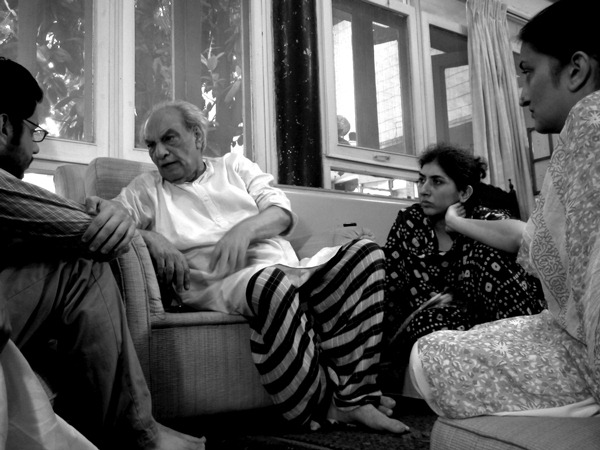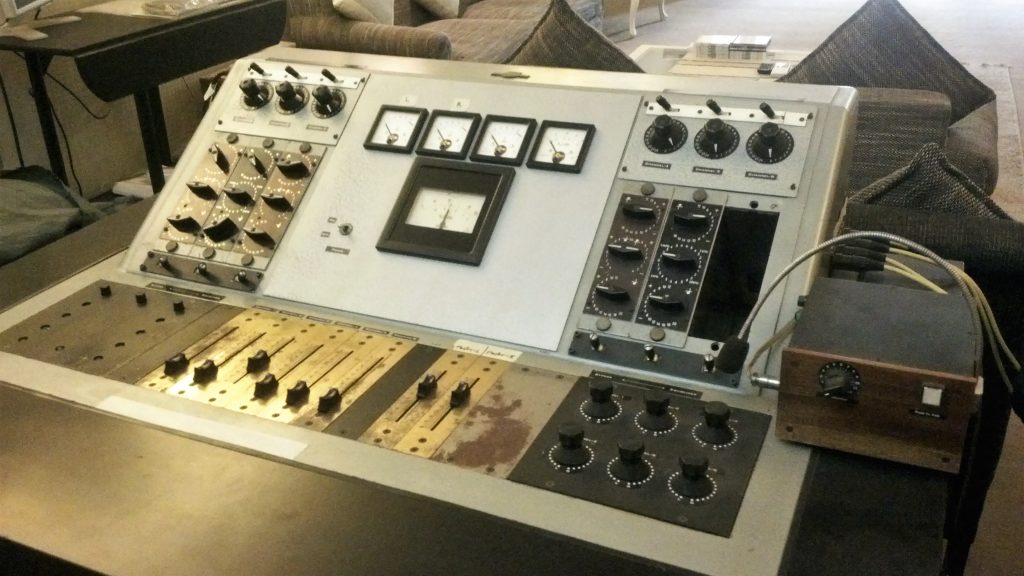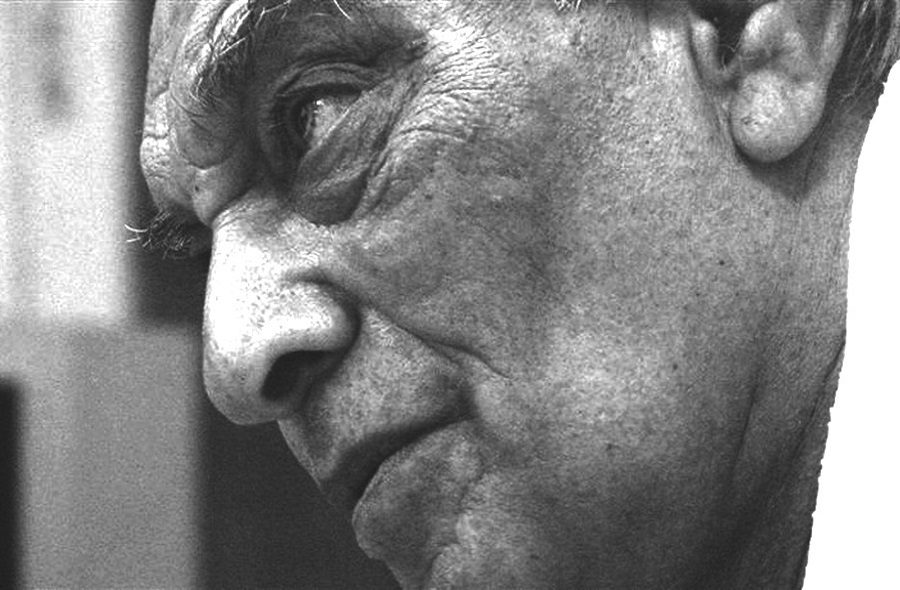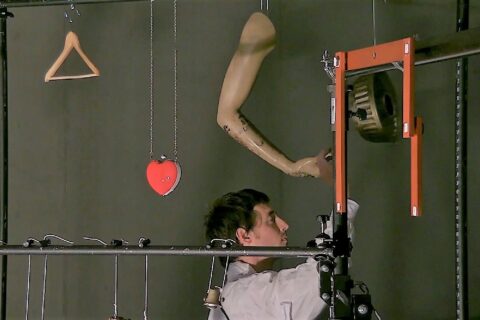When Pakistan became independent from India in 1947, Raza Kazim was a 18 year old young man, enthusiastically wanting to see his country growing into a modern society with a quality education system, a properly functioning legal system and technology providing their fruits to everyone alike.
Having been politically active since youthood, Kazim joined the Communist Party in 1948 believing the Marxian theory and analysis to be the best tool for rapidly transforming society. He also soon became the General Secretary of Pakistan Trade Union Federation and the President of the Democratic Students Federation.
After his studies (LLB in 1953) and becoming Advocate of the Supreme Court of Pakistan from 1959 onwards, Kazim began to have increasing doubts about the validity of the Marxist ideology. This skepticism lead him ten years later to launch his own quest for discovering a post-Marxist theory of social change, inspired by the progress in science and technology especially in Brain Sciences, Astrophysics & Particle Physics.
The search made Kazim consider revolutionary models and theories inadequate, particularly as they did not take into account the need for human change on the individual level, what Kazim now considers necessary for a change in society.

It was in this spirit, and still eager to contribute to the development of the Pakistan society, Kazim set up, in 1995, ‘Sanjan Nagar Institute of Philosophy and Arts’ (SIPA) in Lahore, eastern Pakistan. The institute became Kazim’s laboratory for developing and testing the emerging theory of his, namely ‘Evolutionary Mentology’.
In the same year Kazim started a parallel organization called Sanjan Nagar Public Education Trust (SNPET), which runs a free school for girls in a working class area of Lahore.
Evolutionary Mentology, in simple terms, means looking into old minds and intellectual culture with the goal of understanding the process of change and evolution in people in themselves, ”within an individual’s mind”. It is not just the study that interests Kazim, but making the change happen, first on the level of individual human mind, and then on the social, political and economic level.
A striking aspect of Kazim’s vision is the weight and emphasis he gives to music and sound (as well as photography) as a precondition for the individual and social change. It’s not by accident that this is so. All ideas stem from Kazim’s concretely applying the ideas and concepts generated and developed in Evolutionary Mentology to music and sound reproduction.
As I see it, Kazim’s thinking proceeds as follows. Firstly, music is able, at the deeper level of the human mind, to affect the individual’s concealed feelings and other mental processes, and thus activate, together with the intellectual side, new talents and tendencies in perception and evaluation, which then ideally act as a catalyst for social change.
An extract from the TSC 2015 Conference paper:
“In our view, serious arts and specifically music have the capacity to establish contact with the deepest layers of our nonverbal mind, which determine the formation of our motivations, feelings, responses, behaviour, temperament, habits and even ideas. Serious music can activate areas of our nonverbal mind that are capable of generating a variety of new and qualitatively enabled perceptual, emotive, sensitivity as well as intelligence capabilities. Which can be harnessed to observe, critique, change and develop our nonverbal world of ideas and feelings, and promote the formation of sensitivities, motivations and behaviors that are constructive for our individual as well as collective happiness and pleasure. Finally, it also has the capability of triggering the development of our inquiry and intellectual functions, which are crucial for upgrading our emotional and sensitivity processes.”
The importance Kazim places on music is manifested eg. in the Institute’s work on Musicology: “restating the underlying concept of South Asian classical music in light of its original sources and historical development”, with the aim of ”rediscovering and recreating the link between the theory and practice of music that was lost by musicians of South Asia over time”. And also: “How the musical process operates within the producer’s as well as the receiver/listener’s mind in terms of stages and mechanisms involved at the level of brain and neuronal processes. And then beyond that, at the level of mental processes, which are a separate phenomenon from the biological brain processes, and which is where feelings and messages are converted into combinations of pitches, timbers and resonances that constitute music, and vice versa.”
This work on meticulously exploring and analyzing the basic building blocks of South Asian Classical Music, focusing on the subjective experiences and processes of the mind, has had several repercussions for other activities of the Institute. For example, Kazim with his team has been deeply engaged in designing and making new instruments relevant to South-Asian classic music, most notably ‘Sagar Veena’, the ”first non-fretted stringed instrument for Indian Classical music with a completely original design and structure”.

The most vaulting thing of all, and the one that shows extraordinary sensitivity from Kazim’s side, is that the search for deeper meaning and individual change doesn’t stop in music, as it would do in 99 cases out of 100 elsewhere. For Kazim, the sound as a physical phenomenon plays a central role in musicality and effective communication in music. The sound and sound reproduction are not just a means to instrumentally carry the music, but something that contains subtle elements that are able to convey deeper details and meanings of music, especially if the listener is open and perceptive enough. It is for this reason that Raza Kazim became involved with sound reproduction and started philosophizing and developing new concepts, and testing the ideas experimentally, for designing and constructing ‘Bhulley’ High-End Audio Amplifiers and Speakers.
Partly this interest in sound comes from Kazim’s personal love of music (eg. he’s known to have a significant record collection) and audio technology (eg. since 1976 he has been doing Audio recordings of various Pakistani and Indian artists and has developed some important techniques of recording), but more importantly it gets off the ground from the deeper realization that the sound is not inseparable from music’s capacity to “establish contact with the deepest layers of our nonverbal mind, which determine the formation of our motivations, feelings, responses, behaviour, temperament, habits and even ideas”, thus making the sound be part of the chain that leads, potentially at least, and through the change within an individual mind, to a broader change on social, political and even economical level.








